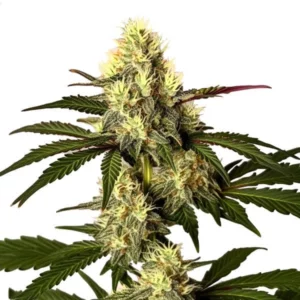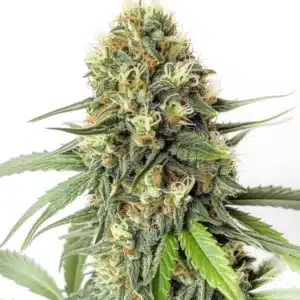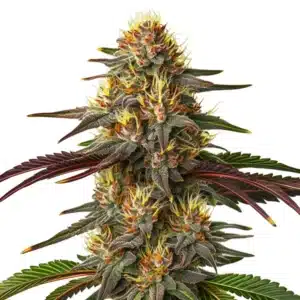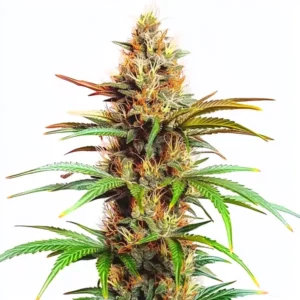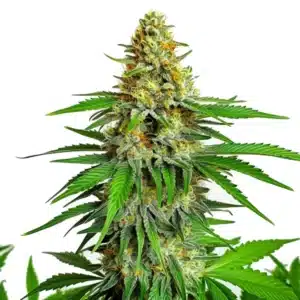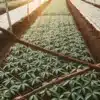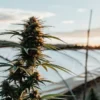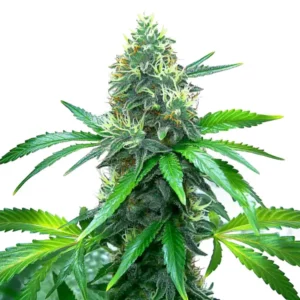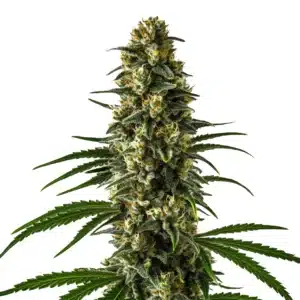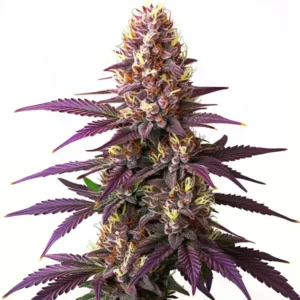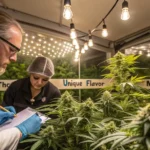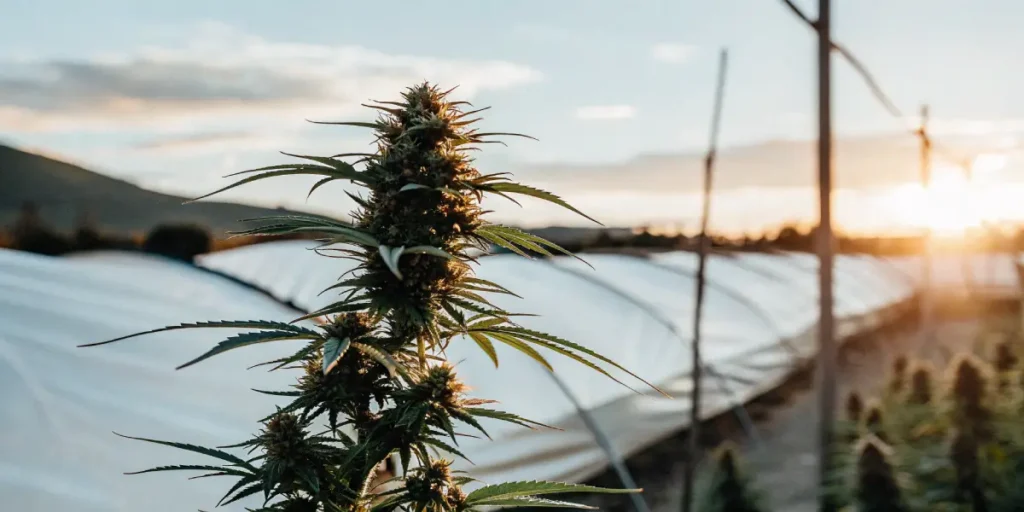
Can You Breed for More Cannabis Latex
Breeding for more cannabis latex might sound like a niche goal, but it holds immense potential for both novice and seasoned growers. Cannabis latex, a sticky substance produced by the plant, can be a valuable component for various applications. By focusing on genetic selection for cannabis latex production, growers can unlock new possibilities in their cultivation endeavors.
When you engage in breeding cannabis strains for high latex content, you’re essentially looking to enhance the plant’s natural capabilities. Techniques such as selective breeding allow you to optimize cannabis latex through careful choice of parent plants. This process is akin to choosing the best athletes for a team, where each parent contributes desirable traits to the offspring.
Recommended Strains
Gorilla Glue 4
-
THC: 27%
-
Type of seed: Feminized
-
Phenotype: 60% Sativa / 40% Indica
-
Flavor: Fruity, Pine, Spicy
-
Day to flower: 8 - 10 weeks
Do Si Dos
-
THC: 26% - 30%
-
Type of seed: Feminized
-
Phenotype: 35% Sativa / 65% Indica
-
Flavor: Earthy, Sweet
-
Day to flower: 8 - 10 weeks
Enhancing cannabis latex yield through breeding requires patience and a keen eye for detail. As you observe the plants, you’ll start noticing patterns and characteristics that indicate a higher potential for latex production. This journey not only enriches your cultivation skills but also offers a deeper connection with the plant itself.
Breeding Techniques for Increased Cannabis Latex
Achieving higher yields of cannabis latex begins with knowing the plant’s genetic makeup. The process involves careful genetic selection and the use of established breeding techniques. These methods are designed to bring out the best in each plant, ensuring that the resulting strains are robust and productive.
One effective approach is cross-breeding, where two strains with known high latex properties are combined. This method increases the likelihood of producing offspring with enhanced latex production. Another technique involves backcrossing, where a hybrid is crossed with one of its parent strains to reinforce specific traits.
Besides to these methods, some growers have begun experimenting with marker-assisted selection. This advanced technique involves identifying specific genetic markers associated with high latex production, making the selection process more precise and efficient. By integrating such cutting-edge methods, the potential for enhancing cannabis latex yield through breeding is significantly increased.
Collaboration with research institutions can also provide valuable insights into breeding techniques for increased cannabis latex. These partnerships can lead to the discovery of novel genetic traits that might not be evident through traditional breeding practices alone. As the science of cannabis cultivation evolves, staying informed about the latest advancements is essential for breeders aiming to maximize latex production.
Real-Life Examples of Successful Breeding
Consider the strain Gorilla Glue 4 from Blimburn Seeds. Known for its resinous buds, this strain is a prime example of successful breeding aimed at high latex production. Its sticky nature is a testament to the potential locked within careful genetic selection.
Another example is the Do-Si-Dos strain, which has been bred for both potency and latex content. This strain showcases how breeding techniques can optimize cannabis latex through selective breeding, resulting in a plant that meets specific cultivation goals.
The success of these strains in the market highlights the importance of genetic selection for cannabis latex production. By focusing on specific traits such as resin content and plant vigor, breeders can create strains that not only excel in latex production but also thrive in diverse growing conditions. This adaptability is key to ensuring consistent results across various cultivation environments.
Furthermore, growers can draw inspiration from these successful examples by experimenting with additional strains known for their latex potential. By diversifying the genetic pool and exploring different combinations, breeders can discover new varieties that push the boundaries of what is currently achievable in cannabis latex production.
Promos & Deals
Optimizing Cannabis Latex Through Selective Breeding
Selective breeding is a strategic process that requires both knowledge and patience. By choosing parent plants with the highest latex production, growers can gradually enhance the traits of future generations. It’s a long-term investment that pays off with more productive and resilient plants.
When optimizing cannabis latex through selective breeding, it’s essential to monitor the plants closely. Take notes on which individuals show the most promise, and use this data to guide future breeding decisions. Over time, you’ll develop a lineage of plants that consistently produce high levels of latex.
Beyond individual plant selection, breeders can also focus on optimizing environmental conditions to complement their genetic strategies. Adjusting parameters such as light intensity and soil composition can further enhance the natural capabilities of the plants, leading to increased latex yields. This holistic approach ensures that both genetic and environmental factors work in harmony to achieve the desired outcomes.
Incorporating feedback from fellow growers and experts in the field can also provide new perspectives on optimizing cannabis latex through selective breeding. By sharing experiences and insights, the community can collectively refine techniques and push the boundaries of what is possible in cannabis cultivation.
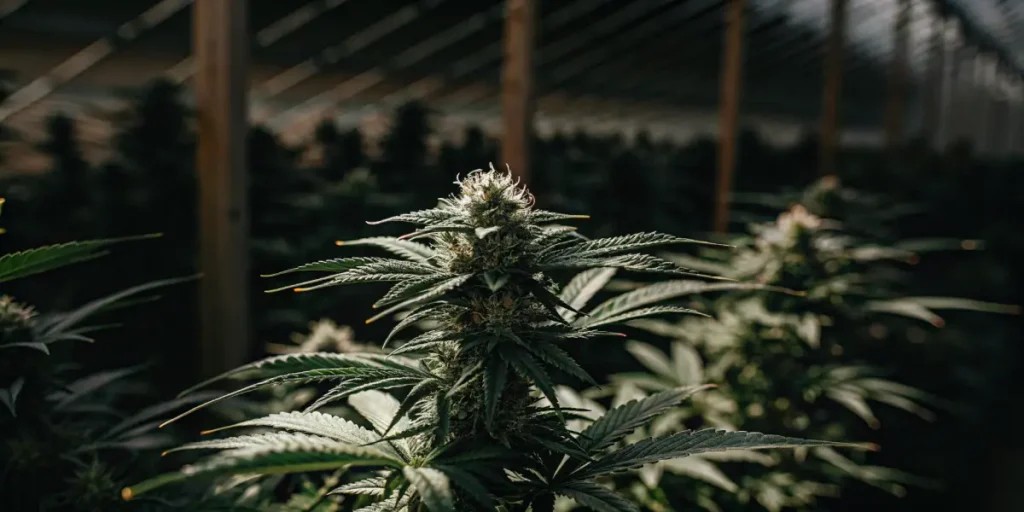
Steps to Enhance Cannabis Latex Yield
Start by selecting strains known for their resinous characteristics. This foundational step sets the stage for successful breeding. Strains like Gorilla Glue 4, available at Blimburn Seeds, provide an excellent starting point due to their inherent properties.
Next, pay attention to the growing environment. Factors such as light, nutrients, and humidity can influence latex production. By fine-tuning these variables, you can support the plant’s natural capabilities and encourage maximum latex yield.
Documenting your breeding process is crucial. Detailed records of plant characteristics, environmental conditions, and outcomes allow you to identify successful strategies and refine your approach over time. This systematic documentation is invaluable for long-term success in breeding cannabis strains for high latex content.
Lastly, consider integrating new technologies such as automated climate control and data analytics into your cultivation practices. These tools can provide precise control over growing conditions and offer insights into patterns that might not be immediately apparent, further enhancing your ability to breed for more cannabis latex.
Breeding Cannabis Strains for High Latex Content
Breeding for high latex content involves more than just selecting the right strains. It requires an knowing of the plant’s growth patterns and how different factors affect latex production. With careful observation and experimentation, growers can create strains that consistently produce high latex levels.
The process begins with choosing parent plants that exhibit desirable traits. By focusing on strains with a history of high resin production, growers can increase their chances of success. This strategic selection is the cornerstone of effective breeding for latex content.
Besides to traditional breeding practices, the use of advanced genetic mapping can enhance the effectiveness of breeding cannabis strains for high latex content. By identifying specific genes associated with resin production, breeders can make more informed decisions and accelerate the development of high-yielding strains.
Networking with other breeders and exchanging genetic material can also introduce new genetic diversity into your breeding program. This exchange can lead to innovative combinations and the discovery of unique traits that contribute to higher latex production, further enriching the genetic pool available for breeding efforts.
Maximizing Results with Proven Strains
Strains like Do-Si-Dos from Blimburn Seeds are proven performers in the realm of latex production. By incorporating such reliable strains into your breeding program, you can enhance the genetic potential of your crops.
Another key factor is environmental control. A stable environment supports the plant’s ability to produce latex, especially during critical growth stages. Adjusting light cycles and nutrient levels can make a significant difference in latex yield.
Collaborating with other growers who have successfully maximized results with proven strains can provide valuable insights and shortcuts in your own breeding journey. Learning from their experiences can help you avoid common pitfalls and capitalize on effective strategies that have already been tested and refined.
Additionally, staying informed about the latest research and developments in cannabis cultivation can provide new opportunities for maximizing latex production. By integrating scientific advancements into your practices, you can remain at the forefront of breeding innovation and continually improve the quality and yield of your cannabis crops.
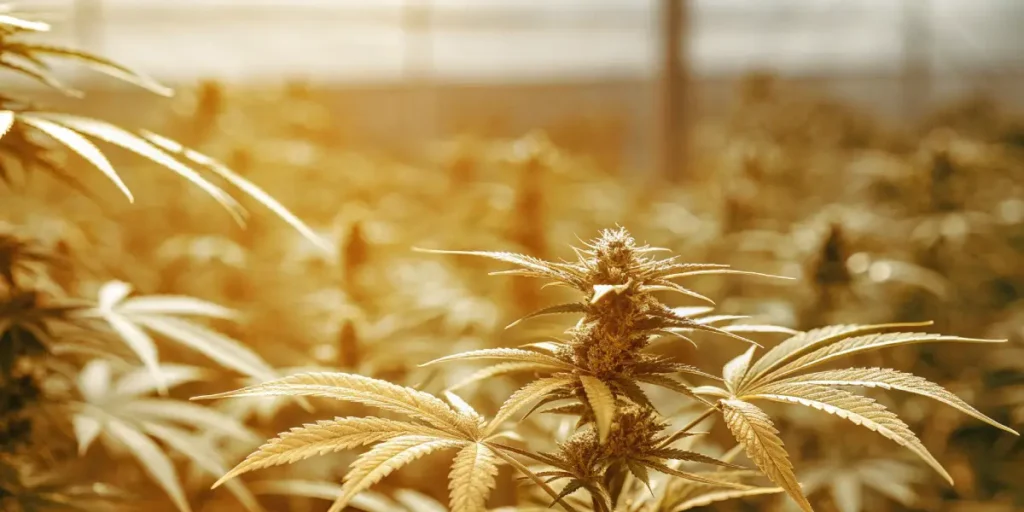
FAQs
What is cannabis latex, and why is it important?
Cannabis latex is a sticky substance produced by the plant, often found in the resin glands. It’s important because it contains various cannabinoids and terpenes, which are valuable for both recreational and medicinal uses. High latex content can enhance the potency and flavor of cannabis products.
For growers, breeding for more cannabis latex can lead to strains that are not only more potent but also more aromatic. This can increase the value of the crop, making it more appealing to both consumers and manufacturers looking for high-quality cannabis materials.
The significance of cannabis latex extends beyond its immediate applications. As the industry evolves, there is a growing interest in exploring new uses for latex in fields such as pharmaceuticals and cosmetics. By breeding for high latex content, growers can position themselves to meet emerging market demands and tap into new revenue streams.
Furthermore, the presence of unique cannabinoids and terpenes in cannabis latex can offer distinct therapeutic benefits. This potential makes breeding for increased latex production not only a commercial endeavor but also a contribution to the advancement of cannabis-based health solutions.
How can I start breeding my own cannabis strains for latex production?
Start by selecting parent plants known for their high latex production, such as Gorilla Glue 4 or Do-Si-Dos from Blimburn Seeds. These strains provide a strong genetic foundation for your breeding program. Focus on creating hybrids that exhibit enhanced latex production by cross-breeding or backcrossing.
Additionally, maintain a controlled growing environment to support your plants. Monitor factors like light, temperature, and humidity, as these can significantly impact latex yield. With patience and careful observation, you’ll be able to develop new strains with high latex content.
Engaging with the cannabis community through forums and social media can provide additional support and resources as you embark on your breeding journey. Connecting with experienced cultivators can offer practical advice and inspire new ideas for refining your breeding techniques for increased cannabis latex.
Investing in quality equipment and tools can also enhance your ability to manage the breeding process effectively. From precision lighting to automated irrigation systems, the right technology can streamline your efforts and improve the overall success of your latex-focused breeding program.
What challenges might I face when breeding for more cannabis latex?
One challenge is maintaining genetic stability. As you breed for specific traits, such as high latex content, it’s crucial to prevent undesirable characteristics from emerging. This requires careful selection of parent plants and rigorous monitoring of offspring.
Another challenge is environmental control. Inconsistent growing conditions can affect latex production, making it difficult to achieve consistent results. By optimizing your growing environment and keeping detailed records, you can better manage these challenges and improve your breeding outcomes.
Dealing with pests and diseases is another potential obstacle. These threats can compromise plant health and reduce latex yield. Implementing integrated pest management practices and maintaining a clean growing environment are essential strategies to protect your crops and ensure successful breeding outcomes.
Finally, navigating regulatory requirements can be a complex aspect of breeding cannabis strains for high latex content. Knowing local laws and ensuring compliance is critical to avoid legal issues and maintain the legitimacy of your breeding operations.
Are there specific strains that are better suited for latex production?
Yes, certain strains are naturally more resinous, making them better suited for latex production. Gorilla Glue, Do-Si-Dos, and Girl Scout Cookies from Blimburn Seeds are examples of strains with high latex potential. These strains have been bred for their sticky, resinous buds.
By starting with these strains, you can increase your chances of success in breeding for more cannabis latex. Their established genetic profiles provide a solid foundation for developing new varieties that meet your specific cultivation goals.
Exploring lesser-known strains that exhibit high resin content can also uncover hidden gems for latex production. These unique strains may offer unexplored genetic traits that could enhance your breeding program and lead to the development of innovative cannabis varieties.
Collaborating with breeders who specialize in resinous strains can provide access to exclusive genetic material and insights into advanced breeding techniques. These partnerships can accelerate your progress and open up new possibilities for maximizing latex yield.
Can environmental factors impact the latex yield in cannabis plants?
Absolutely. Environmental factors such as light intensity, nutrient availability, and humidity levels play a significant role in latex production. For instance, optimizing light cycles can enhance photosynthesis, leading to increased resin and latex output.
Furthermore, providing the right nutrients at different growth stages ensures that the plant has the resources it needs to produce latex. By paying attention to these environmental factors, you can significantly enhance the latex yield of your cannabis plants.
Besides to light and nutrients, temperature regulation is crucial for maintaining optimal conditions for latex production. Extreme temperatures can stress the plants and reduce resin output, so careful monitoring and adjustment are necessary for achieving the best results.
Implementing advanced environmental control systems can offer precise regulation of growing conditions, allowing for fine-tuning that maximizes latex yield. By leveraging technology, growers can create a stable and supportive environment that fosters high resin production across all growth stages.


